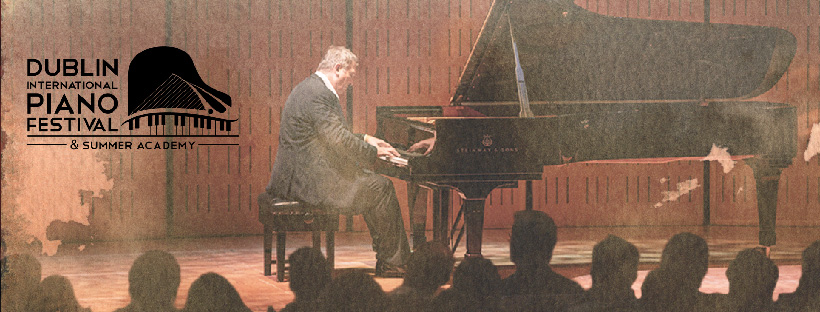LOADING
Planning your visit to Dublin
PLANNING YOUR VISIT
Dublin is a charming, magical city with lots to do. Whether your interest lies in music, history, nature, literature, art, food, or following the footsteps of Ireland’s many famous citizens, there’s something for everyone in Dublin!
Those with an interest in the history of Ireland are in luck, as 2016 marks the centenary of the 1916 Easter Rising, one of the most important and pivotal events in Irish history. A list of commemorative events taking place this year as well as some background information is available at www.ireland.ie. It is worth a trip out to Kilmainham Gaol to see the place where some of the most famous political and military leaders have been held, including Charles Stewart Parnell and Eamon de Valera. The jail has been converted into a museum and has tours available daily.
Other historical points of interest include Dublin’s famous castles and cathedrals: the 9th-century St. Patrick’s Cathedral, Viking-built Christ Church, centrally-located Dublin Castle, and the more remote but extravagant Malahide Castle. For a fun and educational briefing on the Vikings’ history on our island check out Dublinia, a not-for-profit heritage center in the medieval city, to try on Viking clothes, visit a Viking house, and learn about the Viking legacy.
If the weather takes a turn for the worse, spend an afternoon inside in one of the National Museum’s three Dublin locations. Lose yourself in vast art collections, come face-to-face with the remains of an Iron Age bog man, or check out artefacts dating back as far as 7000BC. All three locations (Archaeology in Kildare Street, Decorative Arts & History at Collins Barracks, and Natural History at Merrion Square) are free of charge and are open Tuesday through Sunday.
If the sun is shining and some time outdoors is in order, take a walk in Phoenix Park, one of the largest enclosed recreational spaces in any European capital city. If you don’t catch a glimpse of the herd of Fallow Deer that have lived there since the 1660’s don’t worry, you can hop over to the Dublin Zoo, located inside the park. For a different kind of park experience, head over to Croke Park, home of Ireland’s national games of hurling and Gaelic football. There you will find the Gaelic Athletic Association Museum, where you can learn all about the history of Irish sport before taking a tour of the stadium.
Just 3 km North of the city centre is the National Botanic Garden, where tours are available Monday through Saturday.
Ireland is famous for its literary tradition and is the home of four winners of the Nobel Prize for Literature – more than any other country. What better way to explore their art than a visit to the Dublin Writers Museum, open daily and located in Parnell Square. Just a few blocks away find the James Joyce Centre, a museum dedicated to promoting understanding of the life and works of Rathgar’s very own author, poet, and visionary. Take a guided tour of Dublin based on Joyce’s life and work, and then continue on to visit the three bridges crossing the River Liffey named for Irish authors: the Samuel Beckett Bridge, the Sean O’Casey Bridge, and the James Joyce Bridge. If it seems a bit far to walk, go for a ride on a bicycle from Dublinbike, Dublin’s rental bike system with stations for renting and returning bikes scattered throughout the city. In the evening catch a play at the Abbey Theatre, the first state-subsidized theatre in the English-speaking world.
Dublin is also home to many art museums and galleries, including the Irish Museum of Modern Art, featuring modern art in a restored 17th-century hospital; the National Gallery of Ireland, which is free to the public and open 361 days of the year; the Hugh Lane Gallery, which features Francis Bacon’s actual studio and doubles as a concert venue for the festival’s concert series; the Chester Beatty Library, listed by Lonely Planet as “not just the best museum in Ireland, but one of the best in Europe”; Temple Bar’s Gallery of Photography, with rotating exhibitions of photographs from Ireland and around the world; and many more.
For the foodies among us Dublin has much to offer; see our “food and drink” page for a list of great restaurants around the city. After a tour of the Guinness Brewery and a stop by the Old Jameson Distillery, head to the Temple Bar area to experience the nightlife of Dublin!
From pianists to playwrights, and art enthusiasts to master brewers, Dublin truly does have something for everyone. We can’t wait to welcome you to our beautiful city!
Dublin is a charming, magical city with lots to do. Whether your interest lies in music, history, nature, literature, art, food, or following the footsteps of Ireland’s many famous citizens, there’s something for everyone in Dublin!
Those with an interest in the history of Ireland are in luck, as 2016 marks the centenary of the 1916 Easter Rising, one of the most important and pivotal events in Irish history. A list of commemorative events taking place this year as well as some background information is available at www.ireland.ie. It is worth a trip out to Kilmainham Gaol to see the place where some of the most famous political and military leaders have been held, including Charles Stewart Parnell and Eamon de Valera. The jail has been converted into a museum and has tours available daily.
Other historical points of interest include Dublin’s famous castles and cathedrals: the 9th-century St. Patrick’s Cathedral, Viking-built Christ Church, centrally-located Dublin Castle, and the more remote but extravagant Malahide Castle. For a fun and educational briefing on the Vikings’ history on our island check out Dublinia, a not-for-profit heritage center in the medieval city, to try on Viking clothes, visit a Viking house, and learn about the Viking legacy.
If the weather takes a turn for the worse, spend an afternoon inside in one of the National Museum’s three Dublin locations. Lose yourself in vast art collections, come face-to-face with the remains of an Iron Age bog man, or check out artefacts dating back as far as 7000BC. All three locations (Archaeology in Kildare Street, Decorative Arts & History at Collins Barracks, and Natural History at Merrion Square) are free of charge and are open Tuesday through Sunday.
If the sun is shining and some time outdoors is in order, take a walk in Phoenix Park, one of the largest enclosed recreational spaces in any European capital city. If you don’t catch a glimpse of the herd of Fallow Deer that have lived there since the 1660’s don’t worry, you can hop over to the Dublin Zoo, located inside the park. For a different kind of park experience, head over to Croke Park, home of Ireland’s national games of hurling and Gaelic football. There you will find the Gaelic Athletic Association Museum, where you can learn all about the history of Irish sport before taking a tour of the stadium.
Just 3 km North of the city centre is the National Botanic Garden, where tours are available Monday through Saturday.
Ireland is famous for its literary tradition and is the home of four winners of the Nobel Prize for Literature – more than any other country. What better way to explore their art than a visit to the Dublin Writers Museum, open daily and located in Parnell Square. Just a few blocks away find the James Joyce Centre, a museum dedicated to promoting understanding of the life and works of Rathgar’s very own author, poet, and visionary. Take a guided tour of Dublin based on Joyce’s life and work, and then continue on to visit the three bridges crossing the River Liffey named for Irish authors: the Samuel Beckett Bridge, the Sean O’Casey Bridge, and the James Joyce Bridge. If it seems a bit far to walk, go for a ride on a bicycle from Dublinbike, Dublin’s rental bike system with stations for renting and returning bikes scattered throughout the city. In the evening catch a play at the Abbey Theatre, the first state-subsidized theatre in the English-speaking world.
Dublin is also home to many art museums and galleries, including the Irish Museum of Modern Art, featuring modern art in a restored 17th-century hospital; the National Gallery of Ireland, which is free to the public and open 361 days of the year; the Hugh Lane Gallery, which features Francis Bacon’s actual studio and doubles as a concert venue for the festival’s concert series; the Chester Beatty Library, listed by Lonely Planet as “not just the best museum in Ireland, but one of the best in Europe”; Temple Bar’s Gallery of Photography, with rotating exhibitions of photographs from Ireland and around the world; and many more.
For the foodies among us Dublin has much to offer; see our “food and drink” page for a list of great restaurants around the city. After a tour of the Guinness Brewery and a stop by the Old Jameson Distillery, head to the Temple Bar area to experience the nightlife of Dublin!
From pianists to playwrights, and art enthusiasts to master brewers, Dublin truly does have something for everyone. We can’t wait to welcome you to our beautiful city!
Getting here
The easiest way to get to Ireland is to fly in to Dublin. There is one main Dublin airport served by most major airlines including AerLingus, AirBaltic, AirCanada, Air France, Air Moldova, Air Transit, American Airlines, Blue Air, British Airways, CityJet, Delta, Emirate, Ethiopian, Etihad Airways, Europe Airpost, Finnair, Flybe.com, Germanwings, Iberia Express, Lufthansa, Luxair, Norwegian, RyanAir, S7 Airlines, Swiss Air, Turkish Airlines, United, US Airways, Veiling, WestJet, and Wow Air.
A regular ferry runs from Holyhead to Dublin with connections via train available all over the UK, offering a unique alternative to flying.
Public transportation is available from the airport as well as from Dublin Port to just outside festival headquarters in Rathgar, where there is a variety of guesthouses and hotels available for booking. If you plan to stay downtown, there is public transportation to and from the airport as well as regular buses to festival headquarters, just a twenty-minute ride from the heart of the city. If buses aren’t your style for getting around there are plenty of other options including taxis, Hailo, and car rentals from the airport.
While in the city hop on Ireland’s iconic first railway, the DART, for a ride to a nearby neighborhood or all the way out to Howth to the north or Greystones to the south! Stations in Dublin City offer both local and long-distance buses and trains all over Ireland, with service to Belfast, Galway, Cork, and nearly everywhere in between. For ticketing and schedule information visit www.irishrail.ie.
A regular ferry runs from Holyhead to Dublin with connections via train available all over the UK, offering a unique alternative to flying.
Public transportation is available from the airport as well as from Dublin Port to just outside festival headquarters in Rathgar, where there is a variety of guesthouses and hotels available for booking. If you plan to stay downtown, there is public transportation to and from the airport as well as regular buses to festival headquarters, just a twenty-minute ride from the heart of the city. If buses aren’t your style for getting around there are plenty of other options including taxis, Hailo, and car rentals from the airport.
While in the city hop on Ireland’s iconic first railway, the DART, for a ride to a nearby neighborhood or all the way out to Howth to the north or Greystones to the south! Stations in Dublin City offer both local and long-distance buses and trains all over Ireland, with service to Belfast, Galway, Cork, and nearly everywhere in between. For ticketing and schedule information visit www.irishrail.ie.
VISA Requirements
No additional visa or documentation is required for the following nationalities aside from a valid passport: Andorra, Antigua and Barbuda, Argentina, Australia, Austria, Bahamas, Barbados, Belgium, Belize, Bolivia, Botswana, Brazil, Brunei, Bulgaria, Canada, Chile, Costa Rica, Croatia, Cyprus, Czech Republic, Denmark, Dominica, El Salvador, Estonia, Fiji, Finland, France, Germany, Greece, Grenada, Guatemala, Guyana, Honduras, Hong Kong, Hungary, Iceland, Israel, Italy, Japan, Kiribati, Latvia, Lesotho, Liechtenstein, Lithuania, Luxembourg, Macau, Malawi, Malaysia, Maldives, Malta, Mauritius, Mexico, Monaco, Nauru, Netherlands, New Zealand, Nicaragua, Norway, Panama, Paraguay, Poland, Portugal, Romania, Saint Kitts & Nevis, Saint Lucia, Singapore, Slovak Republic, Slovenia, South Africa, South Korea, Spain, Sweden, Switzerland, Taiwan, Trinidad & Tobago, United Kingdom, United States, Uruguay, and Venezuela. You will be permitted to stay within the European Union for up to 90 days consecutively on the entry stamp you will receive in your passport without any additional documentation. Staying in the European Union beyond this allotted time of 90 days is to be done at your own risk – there may be consequences for breaking these international immigration laws.








